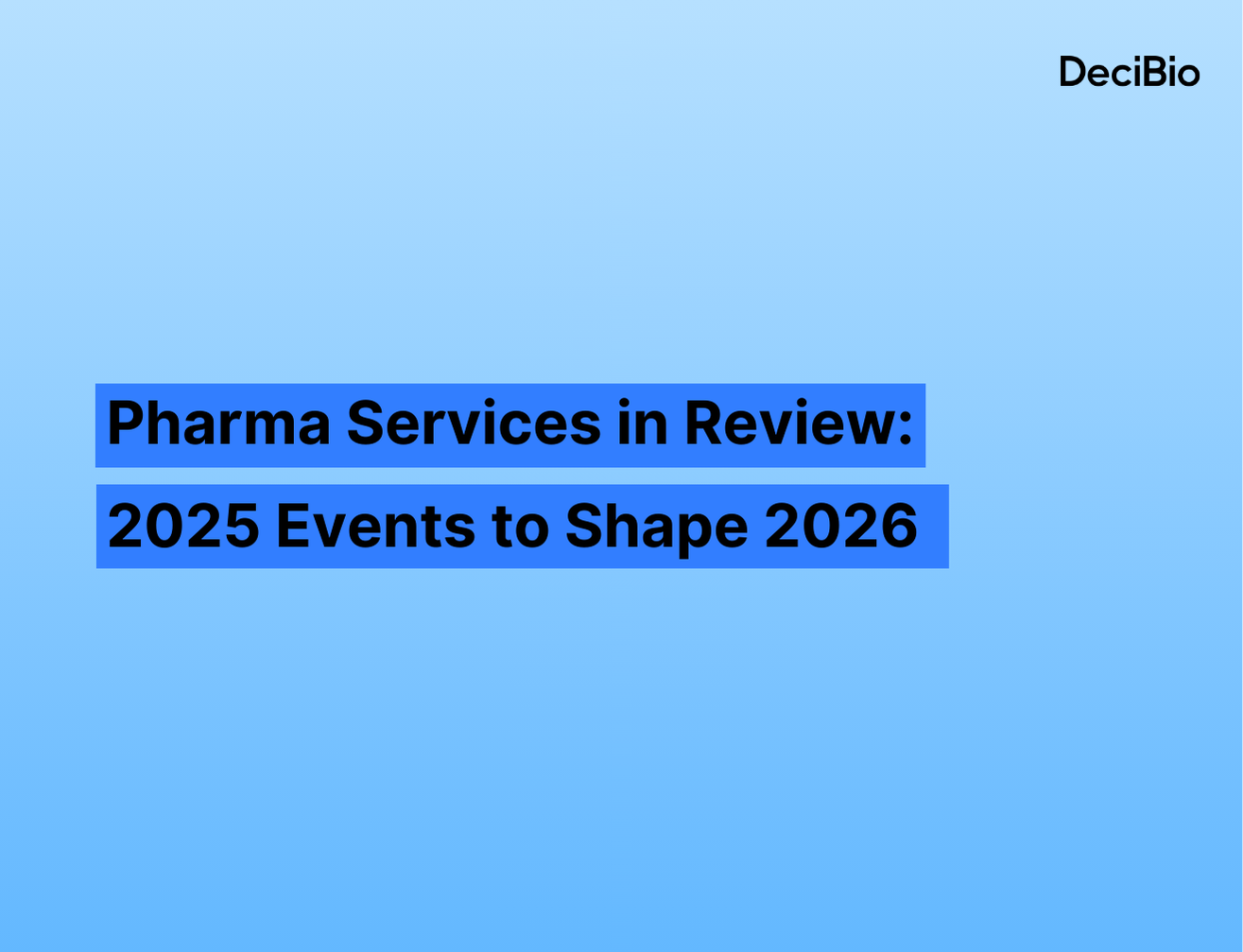We made a brief appearance at ASHG this year. Given the time constraint, we unfortunately did not get a chance to attend any sessions; however, walking through the exhibit hall and talking to friends and attendees, here are a couple of highlights this year (outside of the Illumina party).
Single cell genomics continues to gain traction, with 10X Genomics leading the charge
10x Genomics Workshop hosted a “standing room only” workshop entitled: “Biology at True Resolution: Enabling a comprehensive view of genomics."The company provided a review of their current 10x portfolio of products and of their newly introduced solutions. The 10X Genomics portfolio now consists of:
- The Single Cell Gene Expression Solution, with the newly announced Version 3 (v3) chemistry and consumables providing significant improvements in single cell gene detection sensitivity. Also announced was the added capability of Feature Barcoding technology that allows for applications such combining Single Cell Gene Expression with cell surface protein detection, or highly parallelized functional genomics with Single Cell Gene Expression and CRISPR screening. Similar applications have been published as academic methods (e.g., CITE-seq, PERTURB-seq) but are now commercialized with ready to use assays and software.
- The Single Cell Immune Profiling Solution with the newly announced added capability of Feature Barcoding technology that allows for applications such as combining Single Cell Immune Profiling with detection of cell surface proteins, or with the characterization of T-Cell antigen specificity.
- The Single Cell ATAC Solution that interrogates open chromatin sites for a cellular understanding of epigenetics.
- The Single Cell CNV Solution that uncovers copy number events at a single cell level in heterogeneous samples, such as tumor samples.
- The Linked-Read technology for genome, exome, and de novo assembly applications, a technology that uses short read sequences but enables long-range information. While the company does not break down revenues for its linked-read technology, we estimate that it is a minor part of its portfolio
The workshop also highlighted two customer talks. Molly Gasperini (University of Washington) spoke about her work using 10X for highly multiplexed functional genomics with Single Cell Gene Expression and CRISPR screening to show that known enhancer marks are quantitatively predictive of crisprQTLs. Jimmie Ye (UCSF) spoke about population scaled single cell experiments for the understanding of healthy humans and patients with autoimmune disease like Lupus.We also talked with the Mission Bio team, who continues to lead the charge in hematology with its 19-gene AML and 47-gene myeloid panels. The company focuses on clinically actionable genes at the DNA level, with customers primarily focusing on MRD and disease clonal evolution. As a result, the company reports significant penetration in the ~70 leading cancer centers, and good penetration in pharma (on the Heme side), with customers having having sequenced over 2M cells in aggregate since launch. Mission Bio intends to move into solid tumor profiling next year, and place an increase emphasis on the gene editing space (CAR-T angle). This week they also announced joining the NIST Genome Editing Consortium, as the only single-cell DNA platform to provide quality control for CRISPR gene editing.Finally, we also had the chance to talk with the Dolomite Bio team. The company is emphasizing the open / flexible nature of its recently launched, cost effective Nadia platform. Customers reportedly have been using the instrument for a broad range of single cell and nuclei applications in oncology, plant biology, neuroscience, and basic cell biology research. Dolomite Bio expects an installed base of ~40 Nadia instruments by the end of 2018.
Oxford Nanopore (ONT) continues to improve on its technology
Last week, Amgen invested £50M in ONT, valuing the company at £1.5B (~$2.0B). We attended the workshop on Thursday evening, and most notably Clive’s talk. The biggest announcement was undoubtedly the developer access to the R10 pore (and associated Medaka software) by the end of the month. The pore already achieves Q40 accuracy (99.99%, polished from base call) at 75x coverage (vs. Q34 for R9.4 at its best from polished from signal) in-house; we look forward to results in the field. This improvement in accuracy is driven by the new pore structure that has 2 “reading heads” which enables to better decode homopolymers that are 4+ in length.The company shared additional information, including:
- The Flongle (1-3 Gb per $90 flow cell) has started shipping, and has with 1D raw accuracy similar to the MinION (~92%) and modal read length of 48.5 kb for Lambda control; of note, the GridION can be “flongilized”
- The 2019 launch of the MinION MK1C (a combination of a MinION, MinIT, and iPhone-sized screen)
- The switch to signal-to-sequence base calling, enabling interpretable single base output, , visibility of alternative calls, and higher accuracy
- Updated algorithms for 1D2 (November 2018 release)
- A new chemistry dubbed Linear Consensus Sequencing (LCS) for Q30 single molecule accuracy, in a process akin to circular amplification (November 2018 release)
- Continued improvement in median throughput of PromethION flow cells. The median throughput in the field now reaches 60 Gb (vs. 40 Gb in July and 20 Gb in March); of note, the company can reach 220 Gb+ internally (expecting 300 Gb “soon”, with a max of 148 Gb for their best read in the field. This would translate in a cost per Gb in a $2-2.5 range.
We estimate that Oxford Nanopore revenues will almost triple in 2018, largely driven by PromethION adoption.Author: Stephane Budel, Partner at DeciBio Consulting, LLCConnect with Stephane Budel on Linkedinhttp://www.linkedin.com/in/budelDisclaimer: Companies listed above may be DeciBio clients and/or customers.






